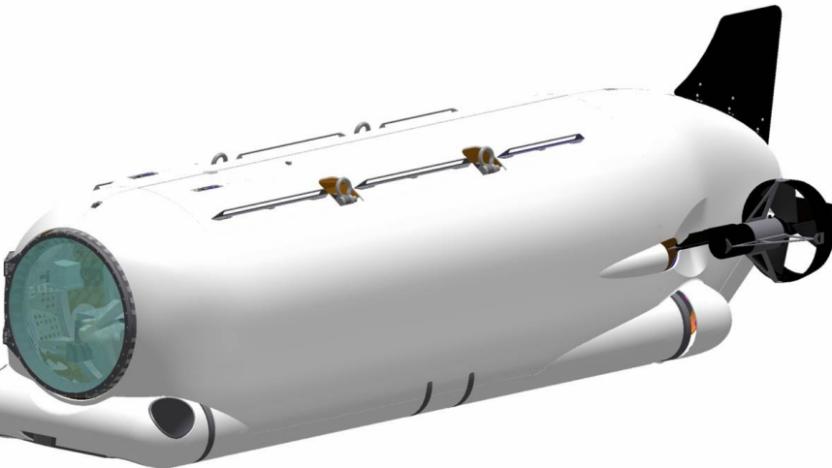specialforces
Latest

US Special Operations are getting a 'missile sub' delivery vehicle
Although Lockheed Martin has come under fire for the controversial F–35 fighter jet program, the aerospace company's Submergence Group just announced a $166 million defense contract with the US Special Operations Command to build a new "missile sub" meant to carry Navy SEAL and other special operations scuba divers into battle. Operated by a pilot and a navigator, the 30-ton Swimmer Delivery Vehicle will carry a team of six divers to an underwater location in a completely dry environment. Once the sub reaches its drop point, it can launch the dive team through an onboard airlock system.

US military tests a Tinker Bell-sized drone
There's no standard set for the shape or form of drones, and the Army plans to use that to its advantage. Here's where the Black Hornet Nano comes in. This micro drone, designed by Norway-based firm Prox Dynamics, is small enough to fit in the palm of your hand, measuring in at a mere 4 x 1 inches and weighing only around 0.04 lbs. What's more, the PD-100 UAV features regular as well as thermal cameras and has a range of roughly 0.6 miles -- in other words, it's perfect for those missions that require stealth surveillance.

Army, Lockheed Martin team up for DisOPS 'battlefield PDAs'
Remember the Land Warrior program, which only took 15 years and half a billion dollars outfit our troops with high-tech battlefield uniforms? With DisOPS ("distributed operations") Lockheed Martin is taking a different tack. Deployed to Special Forces in Afghanistan, the system is comprised of the Connect software which runs on ruggedized laptop computers, allowing squad leaders to plan missions on a map, and View PDAs that receive info over tactical radio, cellphone, or even WiFi networks. The PDAs provide "friendly force tracking of other team and squad leaders, land navigation tools, photo capture and transmission, and the ability to annotate and share maps in real time with other leaders." In addition to all that, the handhelds include a sniper detection system for locating the origin of enemy fire and distributing it to other units in the area. Reportedly the system is working quite well -- which means that, barring any further obstacles, DisOPS might see widespread use before 2030.
